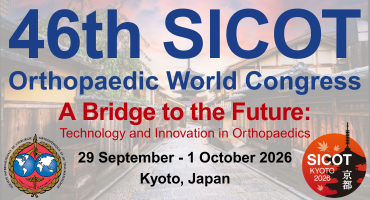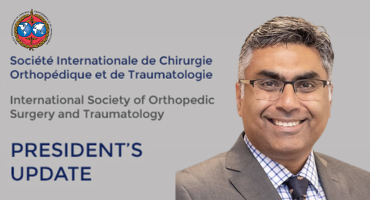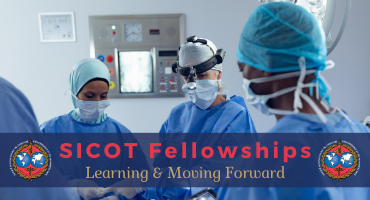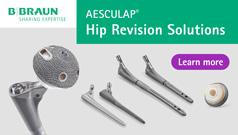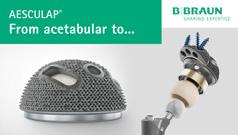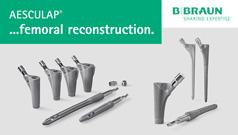Clinical outcomes of one-stage versus two-stage revision for shoulder periprosthetic joint infection: results from a single institution
Int Orthop. 2025 Dec 6. doi: 10.1007/s00264-025-06705-y. Online ahead of print.
ABSTRACT
PURPOSE: Periprosthetic joint infection (PJI) after shoulder arthroplasty remains a devastating complication, and the optimal surgical approach is still debated. This study aimed to compare the outcomes of single-stage versus two-stage revision and to identify clinical or demographic factors associated with treatment failure.
METHODS: A retrospective observational study was conducted at a single tertiary hospital including 29 patients treated for shoulder PJI between 2010 and 2023. Patients underwent either one-stage (n = 15) or two-stage (n = 14) revision according to clinical and microbiological criteria, and the final choice of surgical strategy (one-stage vs. two-stage revision) was made at the discretion of the attending surgeon. The primary outcome was treatment success, defined as infection eradication without further surgery or suppressive antibiotics. Secondary outcomes were pain and functional results measured with the Constant-Murley Score (CMS), the Simple Shoulder Test (SST), and the Visual Analog Scale (VAS). A standard statistical analysis was performed comparing baseline data of both groups and finding factors related to the primary outcome.
RESULTS: Baseline characteristics of both groups were comparable. Overall infection control was achieved in 83% of patients, nonetheless, the one-stage group showed a higher success rate compared with the two-stage group (93% vs. 71%), although this difference did not reach statistical significance (p = 0.169; OR:0.19(0.003,2.29)). Functional outcomes assessed by CMS and VAS did not differ significantly between groups, whereas SST scores were significantly better following one-stage revision (p = 0.006). Increased BMI and a higher number of previous surgeries tended to be associated with treatment failure.
CONCLUSION: Single-stage revision achieved comparable infection control and better functional outcomes than two-stage revision, supporting its role as a reliable surgical option for shoulder PJI in appropriately selected patients, although it could be influenced by bias selection.
PMID:41351768 | DOI:10.1007/s00264-025-06705-y






